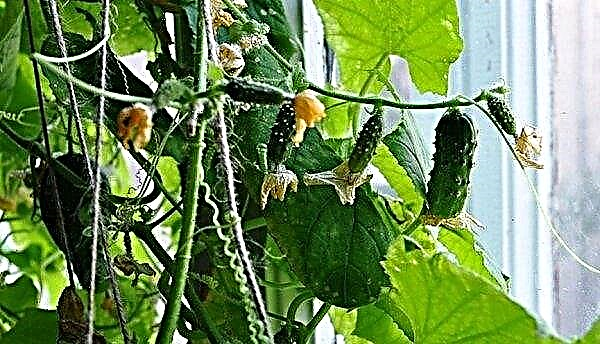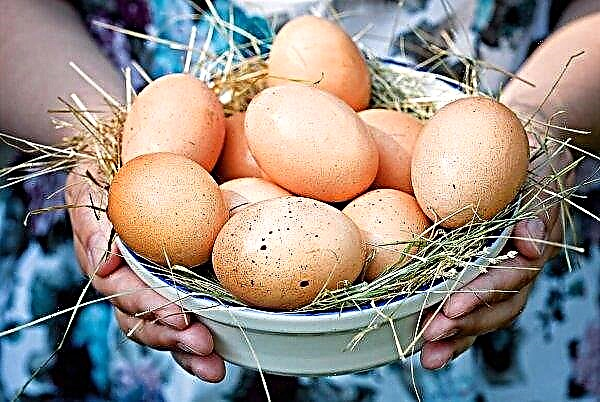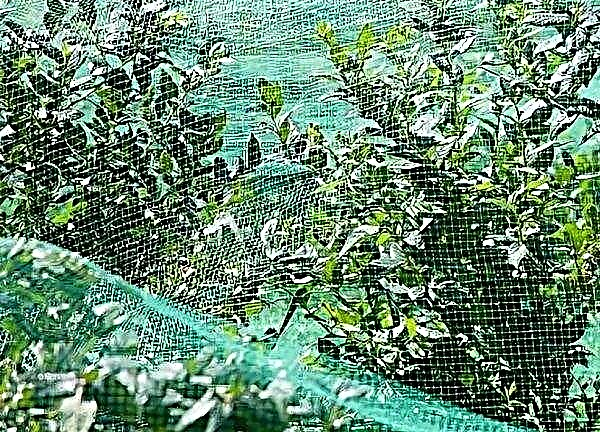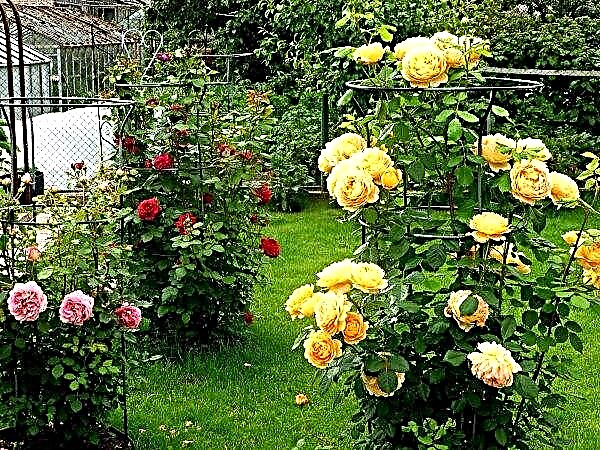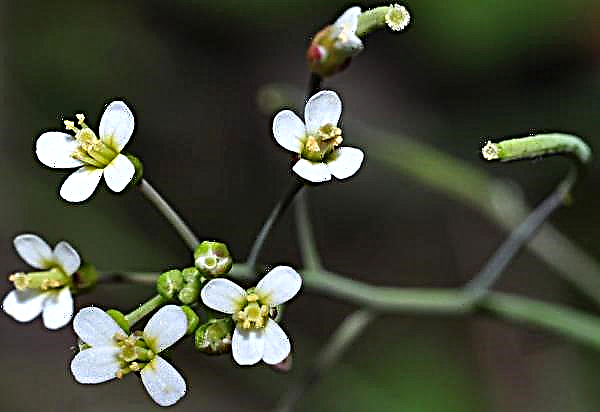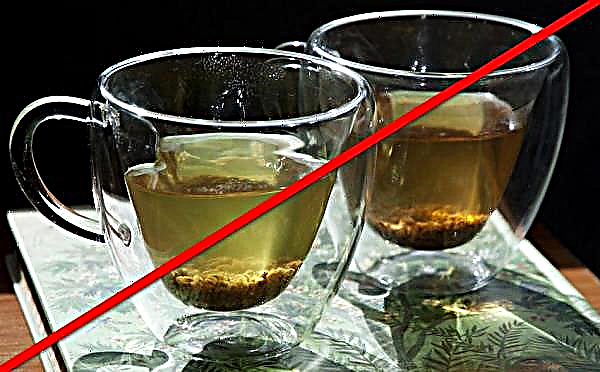Rose hips ripen at the end of summer and are used fresh or dried to prepare various drinks and preparations, as well as as raw materials for medical purposes. In addition to useful infusions and decoctions, alcohol tinctures are often prepared from berries, the properties and recipes of which are described below.
The benefits and harms of rosehip tincture
The berries of the plant contain a large percentage of vitamins C, P, E and K, as well as flavonoids, pectins and antioxidants. Due to this composition, tincture on rose hips has a noticeable positive effect on the human body.
- The main beneficial properties of the drink include:
- improving the functioning of the immune system;
- anti-inflammatory, diuretic and choleretic effect;
- relief of fatigue, overwork;
- Improving the functions of the digestive and circulatory system;
- prevention of atherosclerosis and vitamin deficiency;
- improves blood formation.
- There are contraindications for the use of tinctures from this plant:
- individual intolerance to components;
- bronchial asthma;
- gastritis and exacerbation of gastrointestinal diseases.
You should also take into account the negative effect of fruits on tooth enamel, which can be leveled by a drinking tube and brushing your teeth after applying the drink.
It is forbidden to take alcohol tinctures for pregnant women and children, as well as people with high blood pressure. For these categories, it is recommended to use water infusions of the plant.Did you know? The amount of nutrients differs in different types of rose hips. Plants with red and white flowers produce fruits with a high content of vitamin C, and with yellow and pink flowers with less.
Selection and preparation of ingredients
It is possible to prepare tincture at home from both fresh and dried berries. In the latter case, the fruits are pre-filled with hot water for swelling.
 Fresh raw materials are collected in early autumn, while the berries are still hard and shiny.
Fresh raw materials are collected in early autumn, while the berries are still hard and shiny.
Some recipes include chopping fruits with a pusher and mortar to get juice faster.
Important! It is not recommended to use a blender to chop fruit. The resulting mass will have grains that remain in the drink even after several filtrations.
Recipes of moonshine infused with rose hips
For the preparation of tinctures using moonshine, alcohol or vodka. The alcohol base should be of the best quality, and in the case of moonshine, you must make sure that there is no strong smell and a high degree of purification. You can add sugar or honey to wild rose, natural flavorings to enhance taste and smell (citrus zest, ginger root, spices and herbs), other berries in different proportions (viburnum, mountain ash, black currant).
Classic recipe

1 bottle (500 ml) 10 min. + 1 month insisting
rosehip fresh or dry
1 tbsp.
Nutritional value per 100 g:
- Pre-crush dry berries into several parts and soak for 12 hours to swell. Notched fresh fruit.
- Mix moonshine, sugar and fruits in a glass bowl.
- Insist in a dark place, occasionally shaking. Filter the finished tincture.

Important! Fresh berries can be slightly “wilted”, for example by heating in a pan without oil. This technique enhances the taste of the product.
With apples

1 bottle (per 500 ml) 10 min.
Nutritional value per 100 g:
 Pour rosehips and sliced apple into a jar.
Pour rosehips and sliced apple into a jar.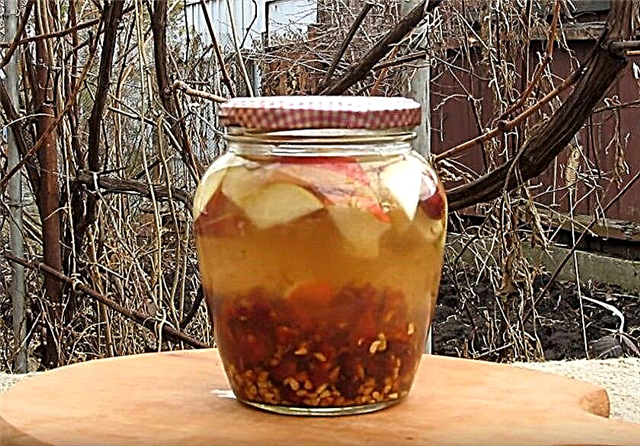 Pour moonshine into the jar and close the lid, shake well.
Pour moonshine into the jar and close the lid, shake well. Put the jar in a dark place and insist for 2-3 weeks, occasionally shaking.
Put the jar in a dark place and insist for 2-3 weeks, occasionally shaking. Filter before use.
Filter before use.
Video recipe
Storage Features
The drink should not be exposed to direct sunlight and stand near a heat source. It is better to store the finished tincture in the refrigerator in a tightly closed glass container. The average shelf life is 5 years, when used in honey recipe - 2 years.
Rose hips make it easy to get a useful tincture. When using a product with a high alcohol content, one should observe moderation and take into account the individual characteristics of the body.Did you know? The oldest dog rose grows in Hildesheim Cathedral (Germany). The plant has a trunk girth of 50 cm and a height of 13 m, and its age is estimated at 400–1000 years (according to various sources).

 Pour rosehips and sliced apple into a jar.
Pour rosehips and sliced apple into a jar. Pour moonshine into the jar and close the lid, shake well.
Pour moonshine into the jar and close the lid, shake well. Put the jar in a dark place and insist for 2-3 weeks, occasionally shaking.
Put the jar in a dark place and insist for 2-3 weeks, occasionally shaking. Filter before use.
Filter before use.